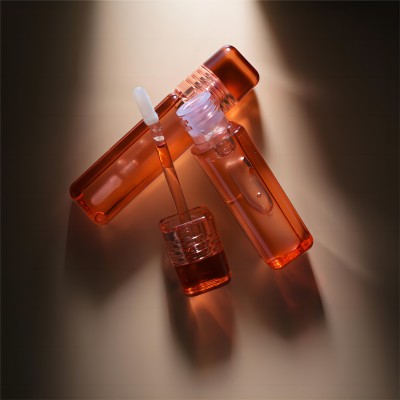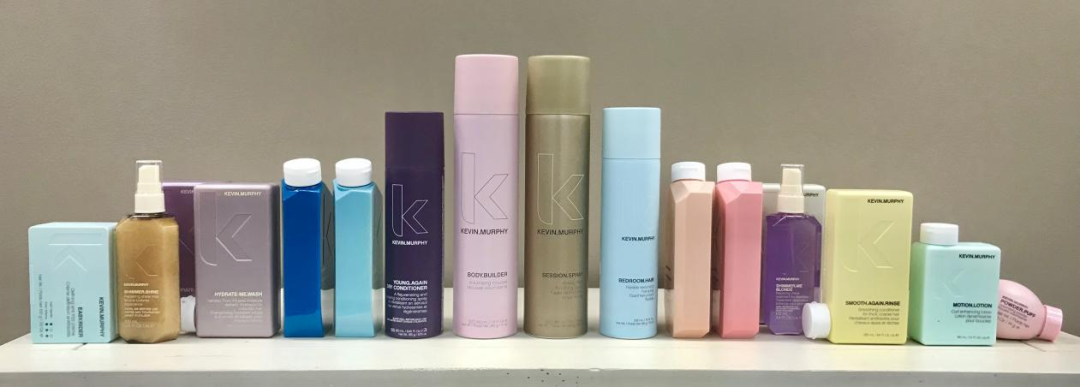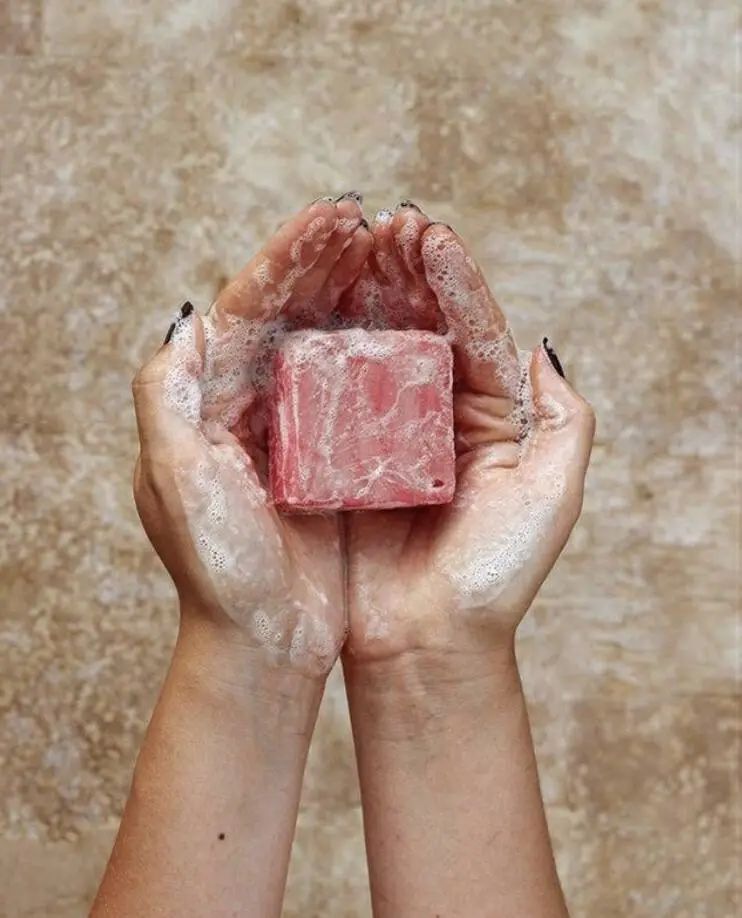What Is the Blue Beauty?
According to a study by the World Wide Fund for Nature (WWF), at least 8 million tonnes of plastic waste flows into the oceans every year – the equivalent of dumping a landfill truck’s worth of waste into the ocean every minute – and much of it comes from the packaging of beauty products.
What Is Blue Beauty ?
The “blue” in “Blue Beauty” refers to the blue colour of the oceans – as the name suggests, this new beauty trend stems from the crisis in the marine environment, with issues such as plastic waste and coral destruction.
In addition to plastics, silicones in face creams and fluoroethylene in powders pose a threat to the marine environment, while UV-absorbing hydroxyphenyl methyl ester and UV-absorbing cinnamates in sunscreens pose a direct threat to corals…
Against this backdrop, a number of eco-conscious niche brands have realised this and have begun to make efforts to be ocean-friendly. One of the hallmarks of these brands is that they do not use any ingredients that damage the marine ecosystem, for example, they do not harvest marine organisms for their ingredients, such as squalene and seaweed.
What Is The Blue Beauty Movement?
The concept of ‘blue beauty’ was first introduced by Jeannie Jarnot, founder of the beauty website Beauty Heroes, who launched a sustainability campaign called The BLUE Beauty Project, which calls for the use of coral reef-friendly ingredients in support of environmental and marine conservation.
The BLUE Beauty Movement is an initiative within the beauty industry that focuses on marine conservation and sustainability. It highlights the use of The BLUE Beauty Movement is an initiative within the beauty industry that focuses on marine conservation and sustainability. It highlights the use of pure and sustainable ingredients in cosmetics, while also emphasising the importance of avoiding packaging that could potentially harm marine It highlights the use of pure and sustainable ingredients in cosmetics, while also emphasising the importance of avoiding packaging that could potentially harm marine environments and biodiversity. The movement aims to protect the ocean’s ecological health by promoting beauty products that are both environmentally friendly and beneficial for skin health. It encourages brands and consumers to be more mindful of their impact on the planet, especially in relation to the world’s oceans, and to adopt more sustainable practices in their beauty routines. The BLUE Beauty Movement is a growing trend that aligns with increasing consumer awareness and concern for environmental issues, making it a promising direction for the future of the beauty industry.
What Is The Connection between Blue beauty And Green Beauty?
Green Beauty, or the Green Beauty Movement, is an environmental movement and social movement born in the early 1970s and originating in Europe. It focuses on environmentally friendly practices across the beauty industry, emphasising the use of natural, non-polluting ingredients, avoidance of harmful chemicals, and the recyclability and eco-friendliness of packaging, Green Beauty’s goal is to reduce the negative impact of beauty products on the environment and to promote the sustainable development of the industry as a whole.
Blue Beauty, a concept that has emerged in recent years, builds on the foundation of Green Beauty with a special focus on marine conservation and sustainability, emphasising not only the use of pure, sustainably sourced ingredients, but also the impact of product packaging on marine life, and working to minimise water wastage and limit the harm that products can do to the oceans. It promotes a more holistic and in-depth environmental philosophy that aims to protect precious marine resources and maintain ecological balance.
Therefore, it can be said that Blue Beauty is an extension and deepening of Green Beauty’s commitment to marine conservation. Both are committed to promoting the sustainable development of the beauty industry, but Blue Beauty is more specific and clearer in its scope of concern, targeting the specific area of the oceans and seas, by adopting more stringent and specific environmental protection measures to achieve the protection of the marine environment.
What Does It Take to Be Part of Blue Beauty?
Firstly, one must commit to using only pure and sustainable ingredients in their beauty products. This means sourcing raw materials that are not only environmentally friendly but also beneficial to your skin’s health. Avoiding the use of harmful chemicals and toxins is essential to ensuring the safety of consumers and the marine environment.
Secondly, it is important to prioritise the use of packaging that is recyclable, biodegradable or made from sustainable materials. Reducing plastic waste from beauty products is essential to protect marine life and ecosystems from the dangers of pollution.
Thirdly, as part of the Blue Beauty movement, there is a need to promote and educate on the importance of marine conservation. Sharing information about the impact of beauty products on the oceans and encouraging others to adopt more sustainable practices will help expand the reach and impact of the campaign.
Finally, it is vital to support brands and companies that align with the principles of the Blue Beauty Movement. By purchasing products from these brands, you can contribute to the development of a more sustainable and environmentally responsible beauty industry.
In conclusion, to be part of the Blue Beauty movement, it is important to commit to using pure and sustainable ingredients, prioritise recyclable or biodegradable packaging, promote awareness and education, and support brands that are in line with the movement’s principles. By doing so, you can contribute to protecting the health of our oceans and promoting a more sustainable future for the beauty industry.








